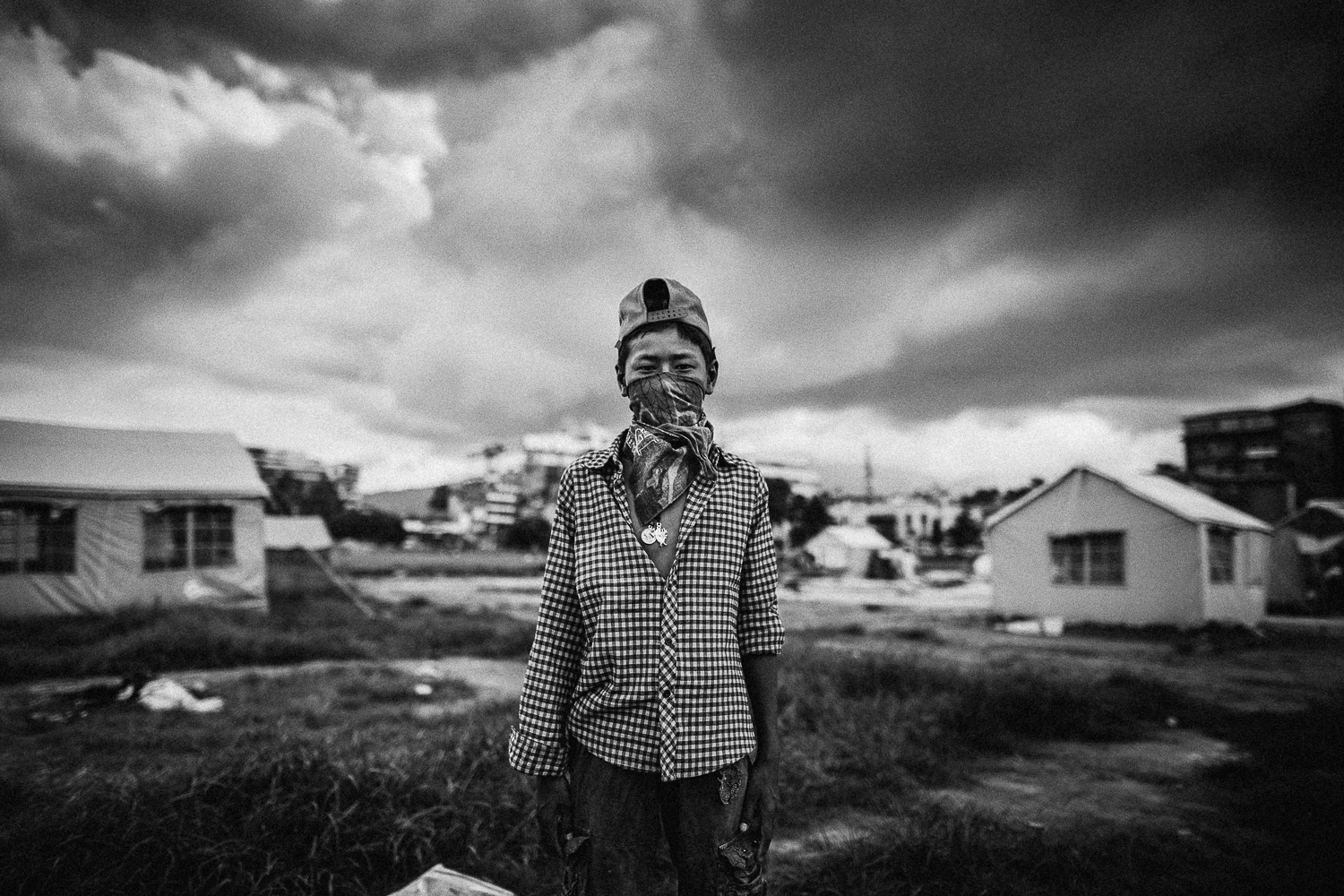Nepal's Aftershocks: In Pictures
A young boy pictured in Kathmandu's Tundikhel camp

Continuing aftershocks and landslides are indicative of the fact that the earthquake that struck Nepal in April this year was not a single disaster. The aftermath of the quake has raised serious human rights challenges in the country. The most affected and at risk are minority communities -- women, dalits, indigenous peoples or people with disabilities.
The quake has had a disastrous impact on this fragile society. This impact is clearly visible at camps in Kathmandu, where thousands have gathered to seek shelter -- thousands who had lost family members, their assets, everything that they know and hold dear. Scared, traumatised and grieving, thousands of people continue to remain uprooted, having received only a tent and some food in compensation.
View of one of the camps in the centre of Kathmandu.
Ram Devi is suffering from a lung infection. She has received no medical help. Some of the camp neighbours assist her in her daily chores.
A young girl walking about in Tundikhel camp.
A rainy day at Chuchepati camp.
A young boy looking for shelter as it rains at Chuchepati camp.
A woman looking for clean water at Chuchepati camp.
A family of seven with a new born living in a make-shift tent. They share one bed.
A woman living alone with her child fixes her tent to prevent the rain from seeping in.
All alone: a deaf and physically challenged woman in Chuchepati camp.
A moment of peace in Tundikhel camp.
Children playing at Tundikhel camp.
A man meditates at the edge of Tundikhel camp.
A woman in a tent paints a mandala, symbolising the universe.
Two young boys make paper planes a Chuchepati camp.
The tents, pictured here, were given to Nepal by China. 27 Chinese nationals died in the quake.
Women feed one of the babies born at the camp.
ZacharieRabehi is a French photographer. His website is



